Anterior Cruciate Ligament (ACL) Reconstruction
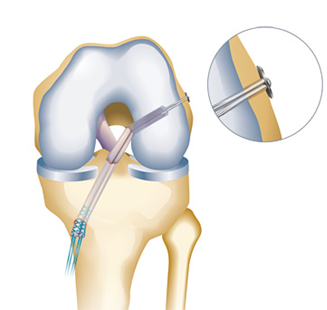 The aim of surgery is to replace the torn ligament with a graft, which acts as a substitute ligament. The patellar or hamstring tendons are often used for this purpose. The procedure is carried out arthroscopically and the graft is fixed within the knee in the same position as the old ACL. Holes are drilled into the femur and tibia and the graft held in place at each end using a combination of screw, staple and an endobutton.
The aim of surgery is to replace the torn ligament with a graft, which acts as a substitute ligament. The patellar or hamstring tendons are often used for this purpose. The procedure is carried out arthroscopically and the graft is fixed within the knee in the same position as the old ACL. Holes are drilled into the femur and tibia and the graft held in place at each end using a combination of screw, staple and an endobutton. The graft requires protection whilst it undergoes revascularization and incorporation. This takes 3 months with the graft being most weak between 6-12 weeks post-operatively. Your rehabilitation has been designed to restore knee function without risking graft failure.
Postoperative Protocol
After knee ligament reconstructive surgery it is very important to regain knee joint movement and thigh muscle tone. The following programme has been devised to achieve these objectives.
Operation Date
Surgery is performed and the knee may occasionally be immobilised in a lightweight brace. A femoral nerve block is given to provide post-operative pain control. You are discharged from hospital the following day.
| Day 1 – 14 post-op Control pain and swelling with elevation and ice Exercises are commenced. -ROM – 10-90 degrees -Hamstring contractions -Hamstring and quadriceps co-contractions at 60 and 90 degrees -Crutches: weight bearing as tolerated |
2 –6 Weeks post-op Post-operative visit and removal of sutures Increase ROM Increase Weight bearing – wean from crutches. Hamstring and quadriceps strengthening -Closed chain exercises / Quarter squats / Isometrics – progress to concentric and eccentric repetitions. Hip and ankle exercises Pool work – straight leg kicks No Running |
|
| 6-12 Weeks post-op Should have full knee movement Walking unaided Stationary bike / Swimming – no breast stroke Closed chain exercises / half squats / step ups and step downs Hamstring curls Gait re-education / Balance and proprioceptive exercises |
3 to 6 months post-op Regaining of strength -half squats with resistance / leg presses / leg curls / wall squats -loaded isometrics -continue isotonic and stretching exercises Progressive running programme -jog in straight line / increase to figure 8 -No pivoting, sidestepping or hopping Road cycling may commence Sports specific and agility exercises Low impact aerobic and step classes Gym programme Pool work with flippers |
|
| After 6 months postop Open chain leg extensions for quadriceps Cardio vascular fitness work Half speed running – progress to full speed Stop start running Cutting – start at half speed and increase Jumping Return to training / Sports specific skills Limited practice sessions and progress to full game |
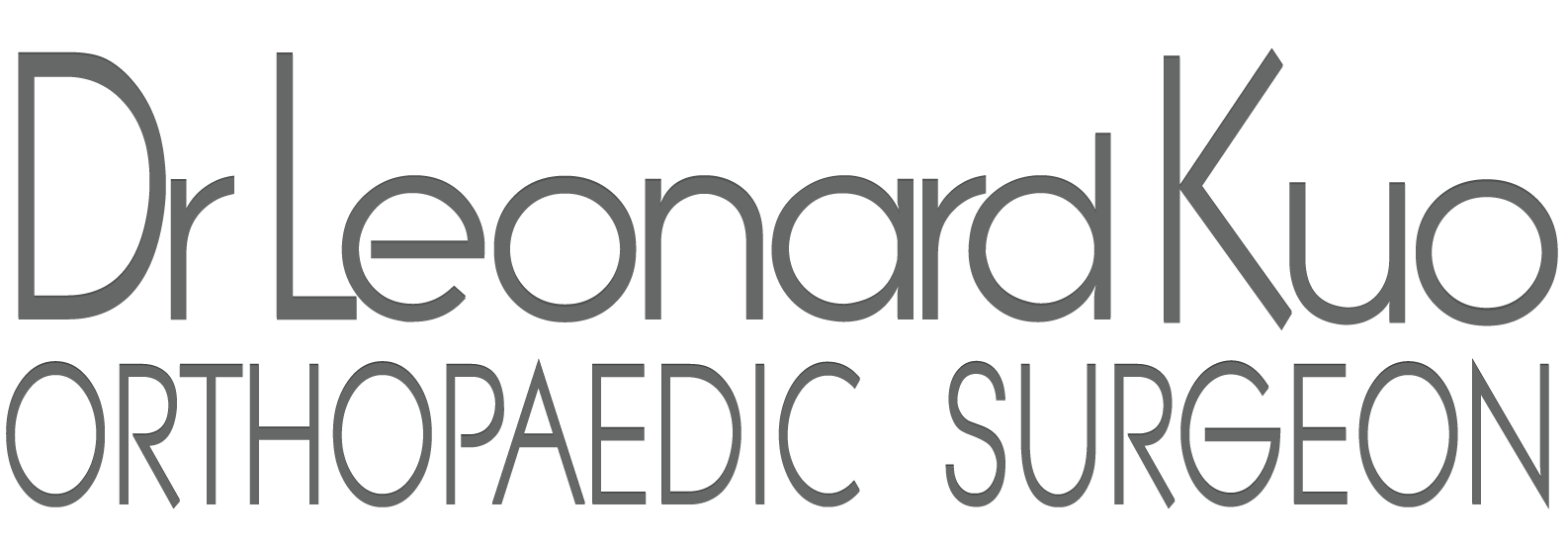
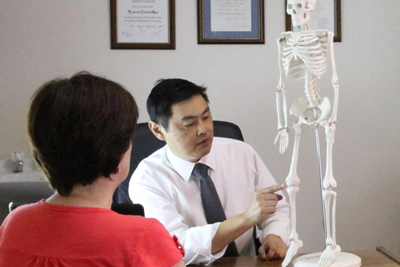
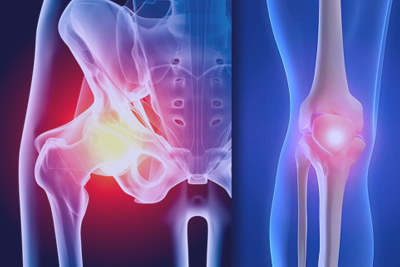
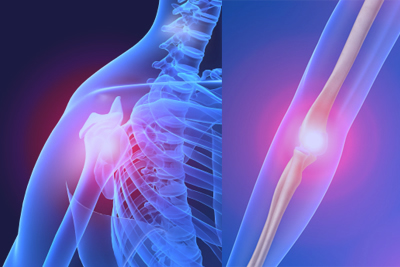
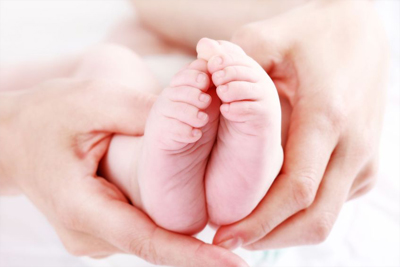
 Dr. Leonard kuo
Dr. Leonard kuo